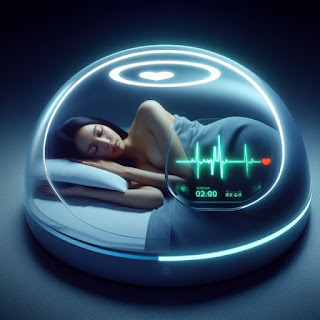Wearable Technology for Predicting Postoperative Pulmonary Complications

Postoperative Pulmonary Complications (PPCs) encompass a variety of lung-related issues that can arise after surgeries, especially after major operations like cardiac valve surgery. These complications range from pneumonia and respiratory failure to atelectasis (the partial or complete collapse of the lung), bronchospasm (airway constriction), pleural effusion (fluid accumulation around the lungs), and pulmonary embolism (a lung blood clot). In the rapidly advancing field of healthcare technology, wearable devices are emerging as key tools for predicting and mitigating postoperative complications. Highlighting this trend, a recent exploratory study by Wang et al. explores the potential of wearables in predicting PPCs following cardiac valve surgery. Their study, "A wearable six-minute walk-based system to predict postoperative pulmonary complications after cardiac valve surgery: an exploratory study," examines how wearable technology can be integrated into clinical settings.




